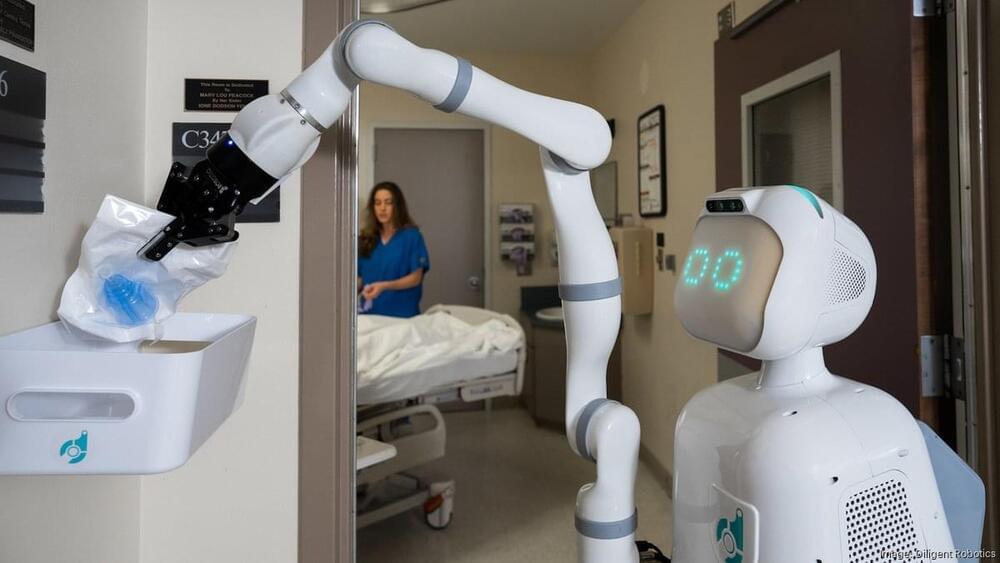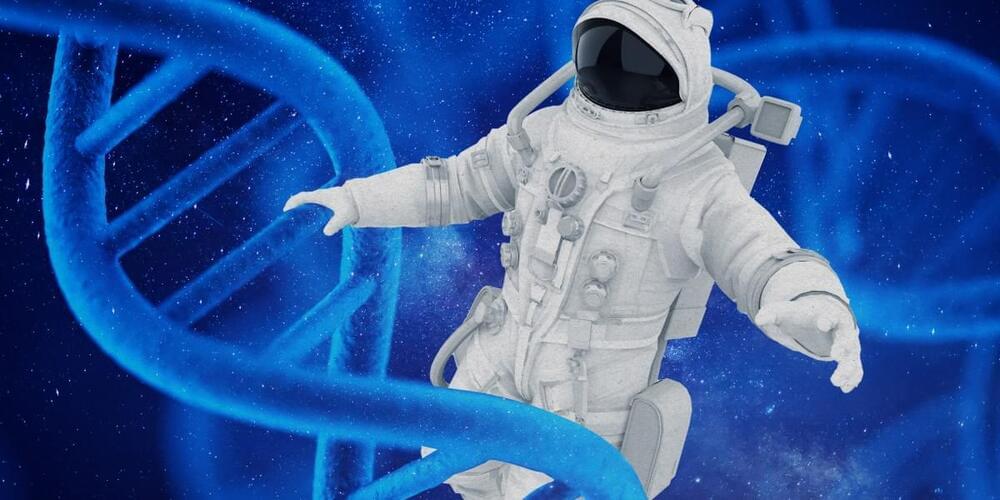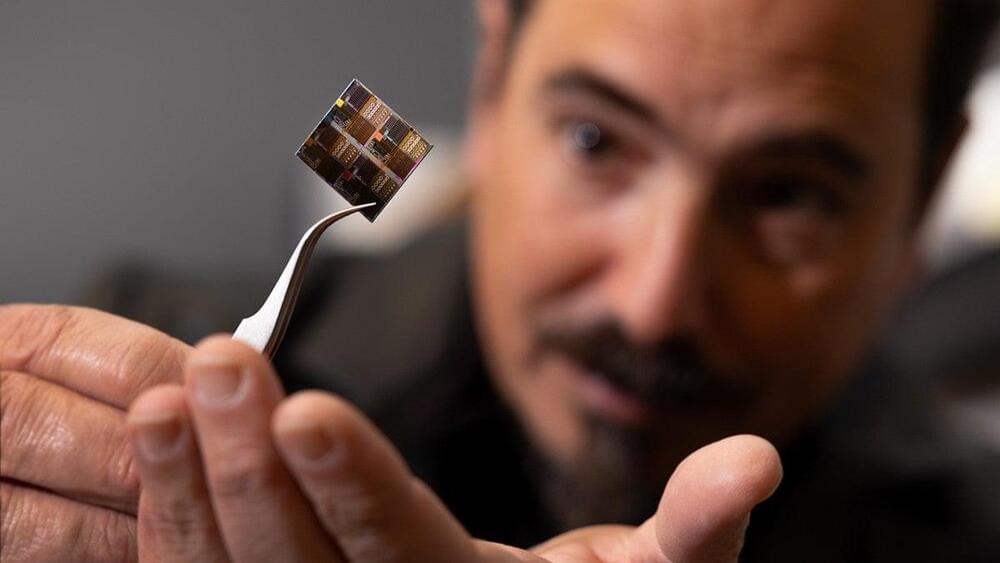The device, which directs a liquid by mimicking squids’ high-pressure jets, could provide alternative delivery methods for injectable drugs.



Northwestern Medicine investigators have discovered new molecular mechanisms underlying DNA repair dysregulation in prostate cancer cells, findings that may inform the development of new targeted therapies for patients that have become resistant to standard treatments, according to a recent study published in Science Advances.
Qi Cao, Ph.D., the Anthony J. Schaeffer, MD, Professor of Urology, was senior author of the study.
DNA damage is a natural occurrence in cells caused by various intercellular and external stressors. However, if left unrepaired, this damage can lead to genetic mutations that can lead to the development of different diseases, including cancer.
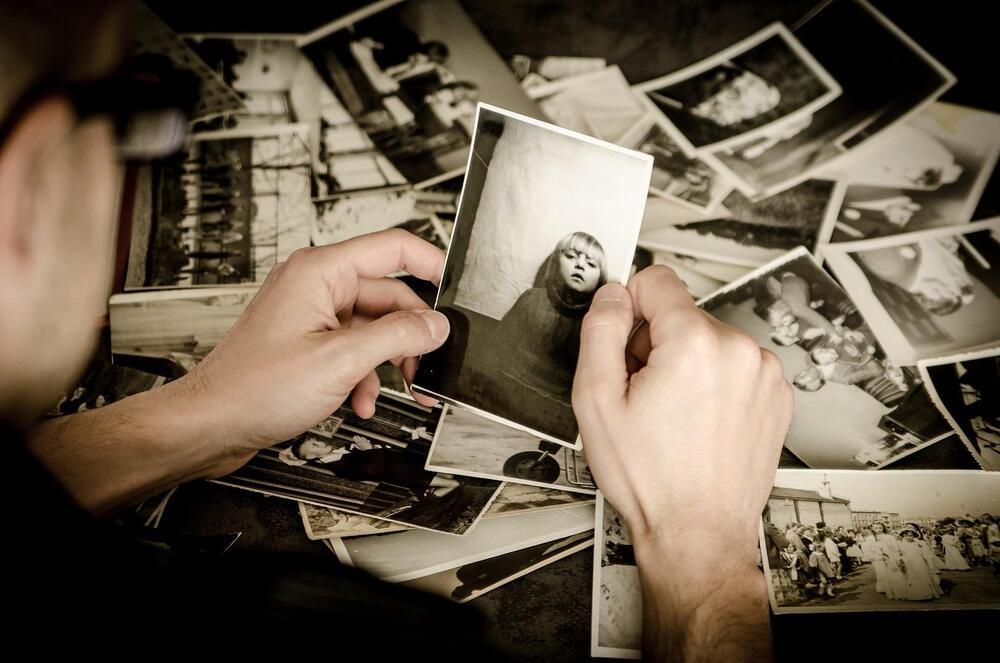
Researchers at The Hospital for Sick Children (SickKids) have uncovered that stress changes how our brain encodes and retrieves aversive memories, and discovered a promising new way to restore appropriate memory specificity in people with post-traumatic stress disorder (PTSD).
If you stumble during a presentation, you might feel stressed the next time you have to present because your brain associates your next presentation with that one poor and aversive experience. This type of stress is tied to one memory.
But stress from traumatic events like violence or generalized anxiety disorder can spread far beyond the original event, known as stress-induced aversive memory generalization, where fireworks or car backfires can trigger seemingly unrelated fearful memories and derail your entire day. In the case of PTSD, it can cause much greater negative consequences.

New drugs and therapies have become indispensable for treating an array of cancers. Unfortunately, they can also cause damage to the heart, a side effect that has led to the development of a new discipline in medicine, called cardio-oncology. Now teams from University of California San Francisco and Stanford University…

We cordially invite you to participate in the 5th International Symposium on Frontiers in Molecular Sciences Regulatory Mechanisms of Biological Function and Drug Discovery based on Protein Structure/Function Analysis, to be held in Kyoto, Japan, from August 26 to 29, 2025. The symposium will present outstanding research results that elucidate the molecular mechanisms of biological function and regulation, and it will also facilitate drug design based on molecular biology, biophysical characterization, in vivo environmental homeostasis, organ interactions based on sensory systems, physiome, and AI-assisted analysis of protein structures and functions.
The venue will be the Inamori Hall, Liberal Arts and Science Building and the Kyoto Institute, Library and Archives (Rekisaikan), both affiliated with Kyoto Prefectural University, Kyoto Prefectural University of Medicine and the Kyoto Prefectural Government, located in Kyoto City. The venue is conveniently located approximately 20 minutes by subway or car from Japan Railway (JR) Kyoto Station, which is also easily accessible from Kansai International Airport (KIX) by JR (approximately 1 hour 20 minutes) or limousine bus (approximately 1 hour 30 minutes).
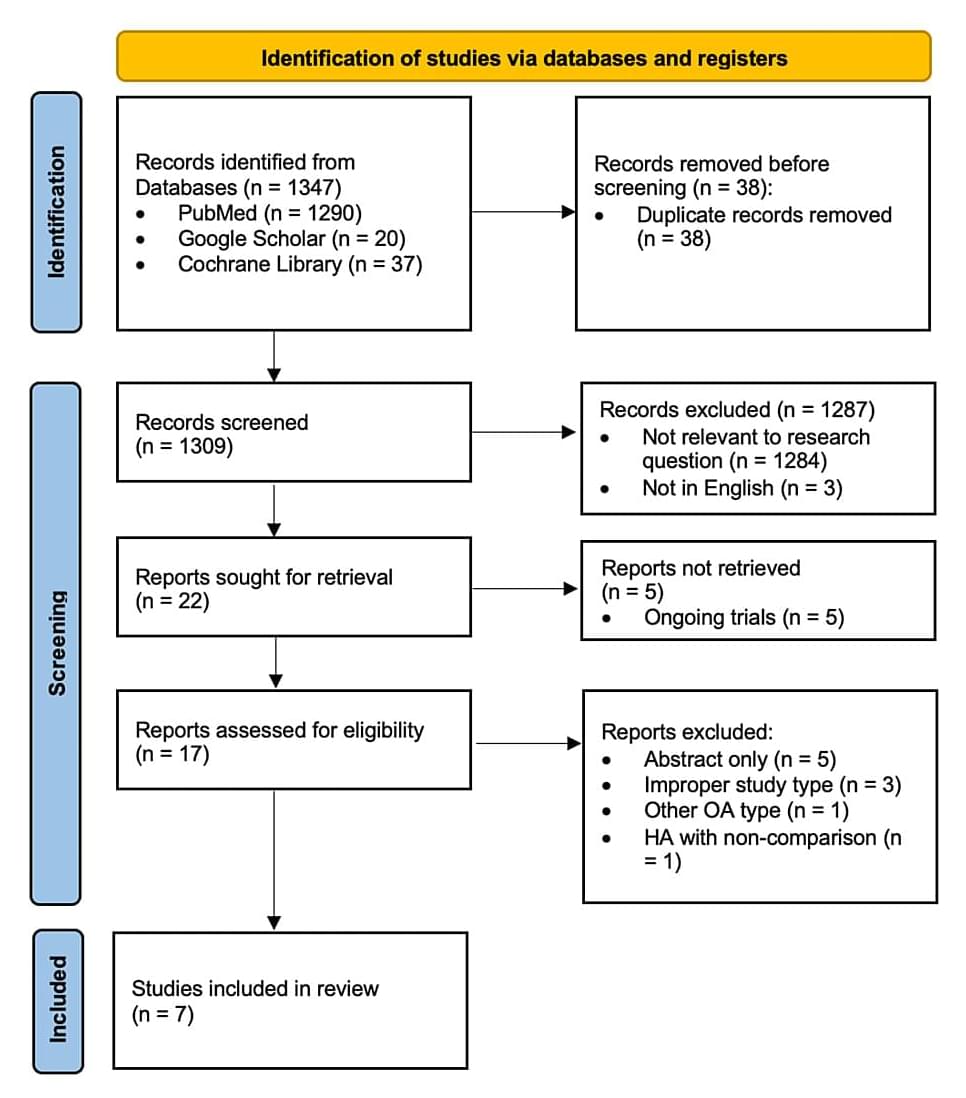
Hip osteoarthritis (HOA), a prevalent condition among those aged 55 years and above, is a significant cause of joint pain and functional impairment and it contributes to the overall burden of chronic pain experienced by the elderly population. While platelet-rich plasma (PRP) and hyaluronic acid (HA) injections have emerged as innovative therapeutic approaches for managing osteoarthritis, their effectiveness in HOA remains a subject of contention. Therefore, the objective of this review was to assess the efficacy of PRP versus HA in terms of pain relief and functional outcomes for the management of HOA. We searched PubMed, Cochrane Library, and Google Scholar databases from 2013 to 2023 to identify pertinent randomized controlled trials (RCTs). A total of seven trials (478 participants) were included. The selected studies underwent quality assessment using the updated Cochrane risk of bias tool. The pain and functional outcomes were examined using measures of the Western Ontario and McMaster Universities Osteoarthritis Index (WOMAC) pain scale, visual analog scale (VAS), and Harris hip score (HHS). In the meta-analysis, standard mean differences (SMDs) along with 95% confidence intervals (CIs) to estimate overall effect magnitudes for continuous outcomes were extracted. Statistical significance was determined using p-values below 0.05. At six months, the PRP group experienced a significantly lower standard mean WOMAC pain score (SMD =-0.38, CI =-0.64 — 0.13; p = 0.03). No significant differences in WOMAC pain scores were noted at one to two months (SMD = 0.09, CI =-0.24, 0.43; p = 0.59), and at 12 months (SMD =-0.85, CI =-1.81, 0.12; p = 0.09). Similarly, for VAS, patients on PRP showed a slight improvement in their VAS scores at six months (SMD =-0.50, CI =-0.89,-0.12; p < 0.01). However, no significant differences in VAS between the PRP groups and the HA groups were observed at one to two months (SMD =-0.22, CI =-0.49, 0.04; p = 0.10) and at 12 months (SMD =-0.22, CI:-0.63, 0.19; p = 0.29). In terms of hip dysfunction, there was no statistically significant standard mean difference in HHS between the PRP and HA groups at six months (SMD = 0.02, CI =-0.40, 0.44; p = 0.93), and at 12 months (SMD =-0.31, CI =-0.32, 0.22; p = 0.73). This review and meta-analysis provide insights into emerging treatments for HOA, especially considering that PRP shows potential benefits and safety for patients with HOA during mid-term follow-up in a 12-month period. Nevertheless, it is necessary to conduct research that includes high-quality designs and larger sample sizes to validate the comparative efficacy of these treatments.
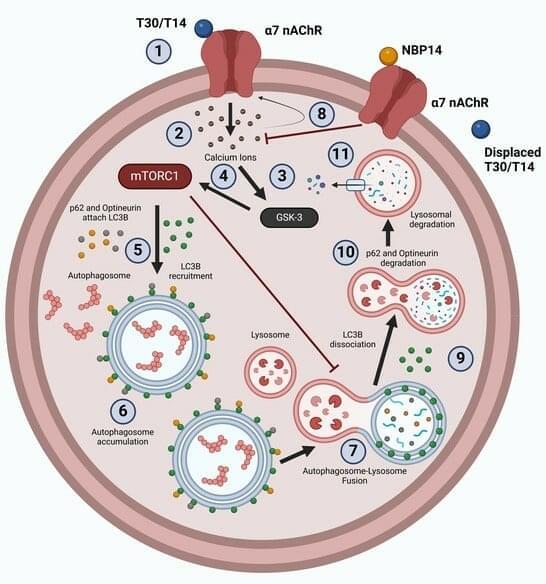
💡 LastestPaper.
🧑🏻🔬 By Ms. Cloe García Porta, Dr. Kashif Mahfooz, Mr. Joanna Komorowska, Dr. Sara Garcia-Rates and Dr. Susan Greenfield.
During development, a 14mer peptide, T14, modulates cell growth via the α-7 nicotinic acetylcholine receptor (α7 nAChR). However, this process could become excitotoxic in the context of the adult brain, leading to pathologies such as Alzheimer’s disease (AD). Recent work shows that T14 acts selectively via the mammalian target of rapamycin complex 1 (mTORC1). This pathway is essential for normal development but is overactive in AD. The triggering of mTORC1 has also been associated with the suppression of autophagy, commonly observed in ageing and neurodegeneration. We therefore investigated the relationship between T14 and autophagic flux in tissue cultures, mouse brain slices, and human Alzheimer’s disease hippocampus.
